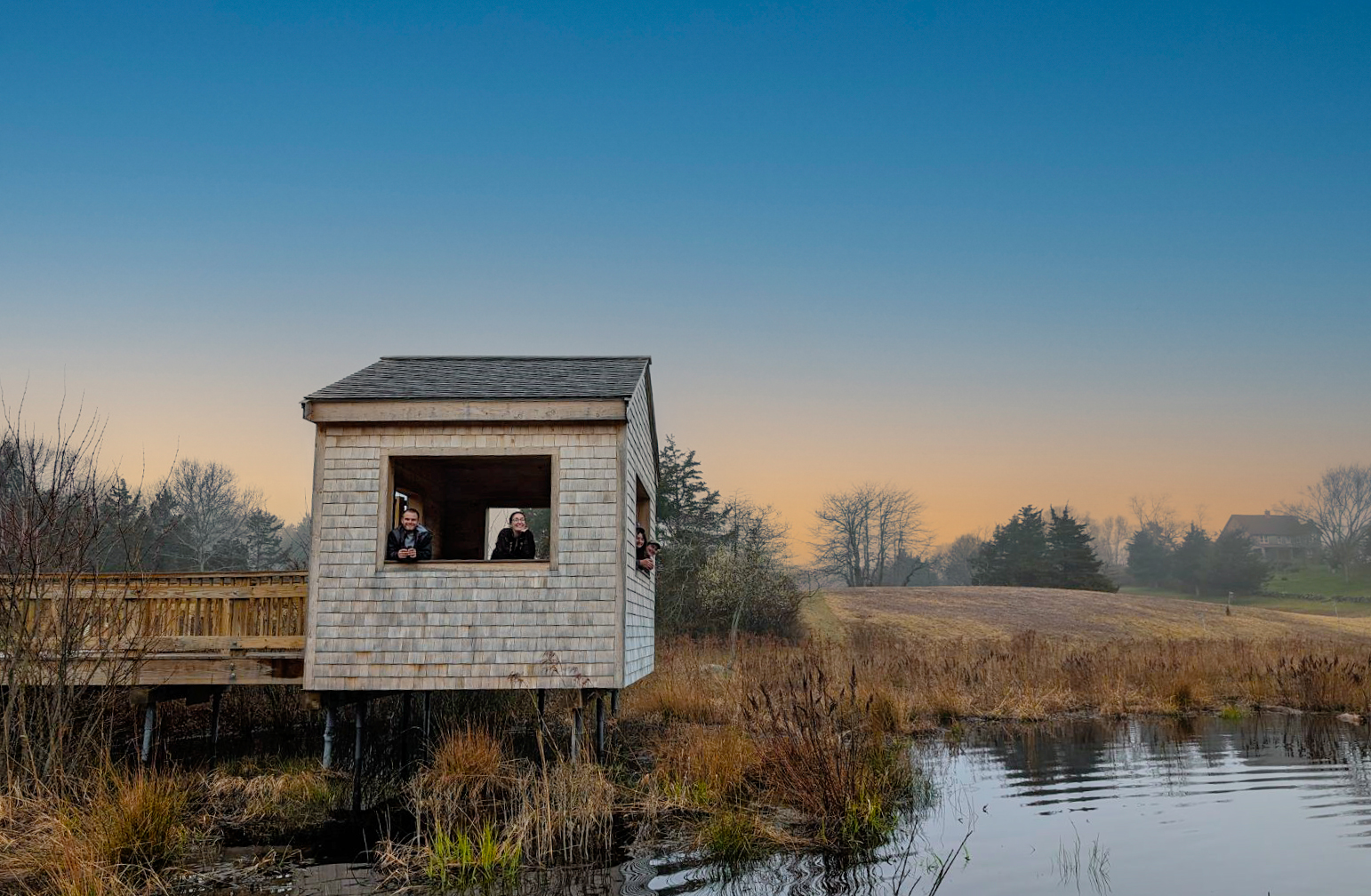If you are lucky and find yourself on an ocean beach this summer (as many of us will), and the breaking waves wash up around your feet as you contemplate getting into deeper water, you are standing in a magical place, the “intertidal zone.” This area can be thought of as a unique ribbon of habitat that runs along every seacoast of the world. It is not ocean and it is not land but becomes both every day. Buried just under the surface of the wet sands and mud of the intertidal zone are vast populations of small creatures that would rather not be seen. They thrive in extraordinary daily extremes of being submerged in ocean water and then exposed to the air and sun twice a day with the rhythm of the tides. These animals include some very familiar to us like clams, snails, and fiddler crabs. But most are less well-known and are alien-looking forms of life, like the tube-dwelling ghost-shrimp with long translucent bodies, polychaete worms frilled with legs, and the fast-digging, wave-dodging amphipods.

The creatures of the intertidal zone become food for the birds that are adapted to probing into and gleaning off of the wet sands with specialized bills. These birds are the sandpipers, oystercatchers, and plovers that are the focus of Manomet’s Shorebird Recovery Program. We are working with partner organizations and individuals up and down the Pacific and Atlantic coasts of the Americas to recognize, protect, and manage the habitats most important to shorebirds. Shorebirds that gather in huge numbers at specific sites are not there by accident, they are responding to the abundance and availability of preferred food, those unique creatures living in the intertidal habitat. Our work involves making sure that all of the conditions needed by shorebirds at these special sites are maintained. Ensuring the quality of the habitat that supports shorebird food is a significant aspect of what we do.
Along the coasts of the United States, people have not treated the intertidal zone and its imbedded life very well. There has been more than a century of digging, pumping, bulldozing, and removing sand to benefit navigation and recreation. Many of the inlets into our bays and the mouths of our rivers have been stabilized with rock jetties. Channels through those same inlets are dredged regularly to allow boats to move freely. We have scooped and pumped up intertidal sands to make or repair beaches for recreation and to help protect residential development from the impacts of storm-driven ocean waves.

With the seas rising rapidly now, there is increased hardening of our shores with layers of rock and cement walls to slow erosion and protect property. All of this has been done to make life along the coast better for us. The cost to nature is that most coastal animals are well adapted to the free flow of coastal sediments pushed and sculpted by the tides and wind. People want our coastal waters to be deep, and our beaches high and wide. Shorebirds thrive where there are vast areas of shallows and tidally emergent mud flats, bordered by inlet beaches and sand spit islands that remain dry on normal high tides. Shorebird food and its availability to the birds depends on where and how the sediments settle, a complexity that we tend to destroy as we move our coasts into straight lines and prevent free-flow of our sands.
Manomet is working with the Coastal States Organization, the National Audubon Society, and staff of the U.S. Army’s Engineering Research and Development Center to find opportunities to protect, restore, and create biologically functional intertidal habitat. We have held all-day gatherings and conducted demonstration site field visits with coastal experts at possible restoration sites in Georgia, North Carolina, Virginia, New Jersey, and Massachusetts. Manomet staff and the Coastal States Organization will be launching day-long workshops with additional states in the year ahead. We hope to establish enhanced protocols for how coastal authorities manage coastal sediments like sand. The response from our state and federal partners has been very positive, with a collective energy building within state and federal circles to identify potential sites or habitat improvements. We will continue to make progress and build a cooperative culture of change in how we manage our intertidal zones for the long-term benefit of the specialized invertebrate animals that live there, and for the shorebirds that depend on them as food. So please go forth this summer and enjoy the coast, and appreciate the importance of the intertidal zone.





 Back to all
Back to all
